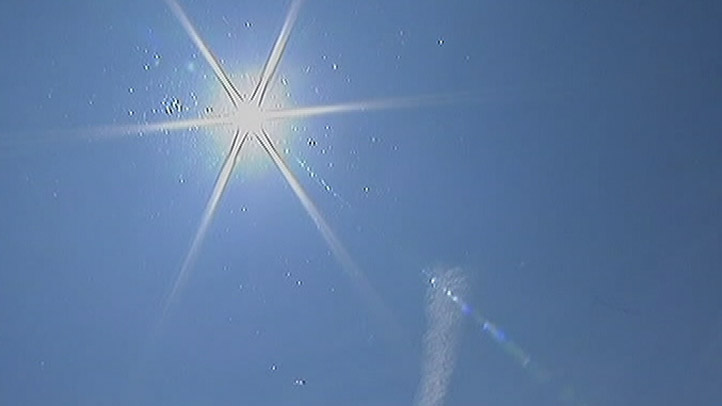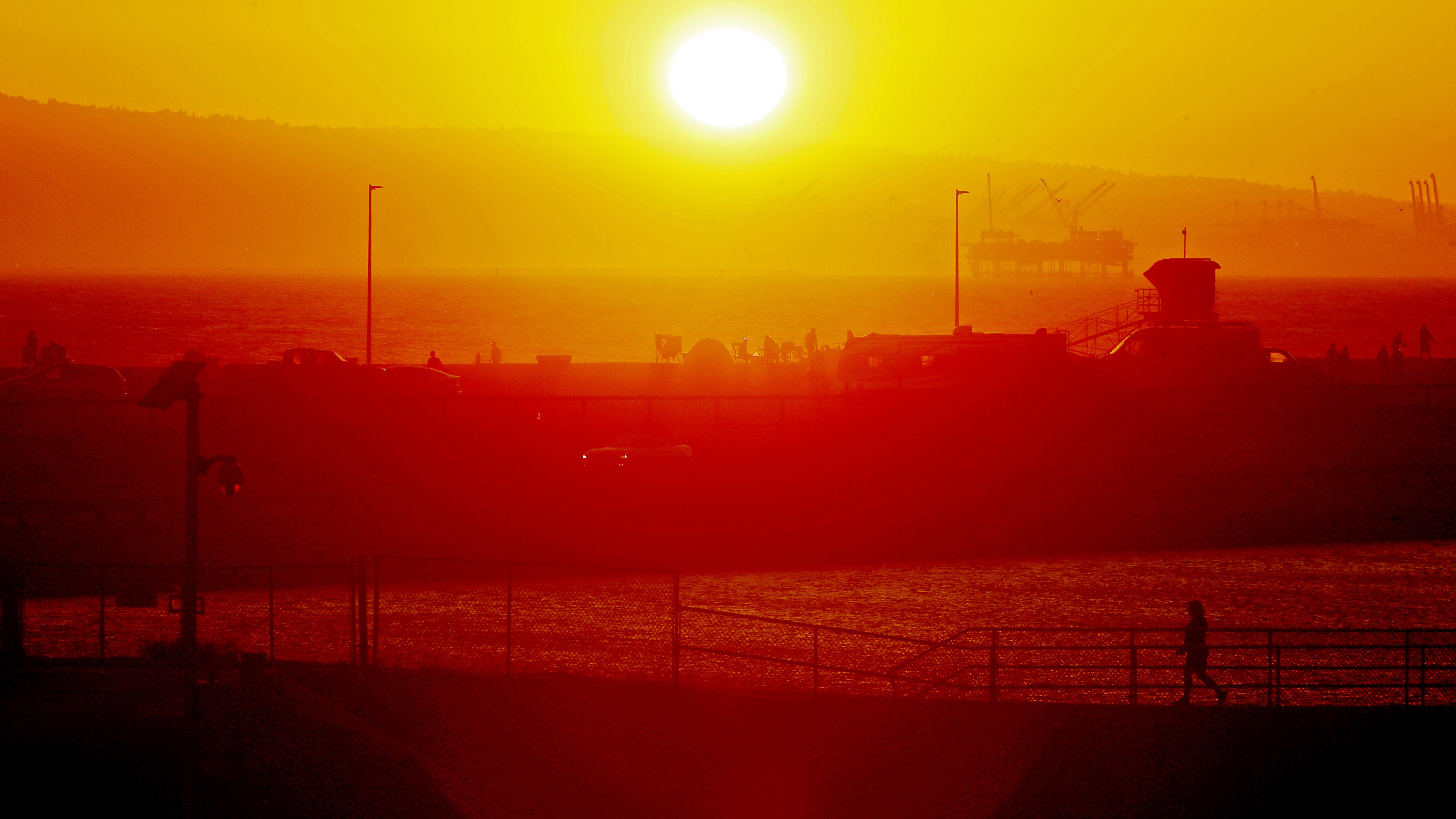What to Know
- A statewide Flex Alert is one of the steps the operator of the state's power grid can take to avoid unplanned power outages in extreme heat.
- The call to voluntarily conserve power is typically issued during days of extreme heat int he summer.
- From there, the state's power grid operator may issue a Stage 1, 2 or 3 alert.
A Flex Alert issued in California on Wednesday amid a heat wave and triple-digit temperatures was extended into Thursday, and then extended again into Saturday.
From 4 p.m. to 9 p.m. PST, which is typically when people are arriving home from work and cranking their A/C or using their appliances, California residents were asked to hold off, and conserve as much energy as possible.
Get Southern California news, weather forecasts and entertainment stories to your inbox. Sign up for NBC LA newsletters.
Any time temperatures start to rise, there's always a chance Californians will be asked to conserve power in order to avoid power outages.
One of the most common steps is a statewide Flex Alert, a request to voluntarily reduce power use by California's power grid manager.
It is the first of several measures that Cal ISO might take to avoid power interruptions in the nation's most populous state. They're typically issued during days of extreme heat in hot and dry summer months.
Here’s what to know.
What can I do?
CalISO offers the following power conservation tips.
- Turning off unnecessary lights.
- Using major appliances before 3 p.m. and after 10 p.m.
- Setting air conditioner thermostats to 78 degrees or higher.
- Use fans and keep drapes drawn.
How will I know when there’s an urgent need to conserve?
Cal ISO has a notifications page where you can sign up to receive updates. Check you local utility's page for other alerts.
When did this start happening?
In August 2020, Cal ISO issued a Flex Alert followed by its first Stage 3 Alert since 2001. Eventually, the grid stabilized and utilities began restoring electricity that had been taken out of service. Stage 3 alerts mean the ISO is unable to meet minimum reserve requirements and load interruptions are imminent.
What led to the last Stage 3 emergency?
Temperatures around the state hit triple digits in many areas, and air conditioning use increased. In addition, cloudy weather from the remnants of tropical weather system reduced power generation from solar plants.
Why shut off power on a rotating basis?
A Stage 3 Emergency is declared when demand outpaces available supply. The August order was declared after extreme heat drove up electricity demand, causing the ISO to dip into operating reserves.
"Although a Stage Emergency is a significant inconvenience to those affected by rotating power interruptions, it is preferable to manage an emergency with controlled measures rather than let it cause widespread and more prolonged disruption,'' Cal-ISO said.
What happens when rolling blackouts are ordered?
The California Independent System Operator, manager of the state’s power grid, declares a Stage 3 power emergency and directs utilities around the state to shed their power loads. If your local utility determines a need to shut off power, the blackouts typically last about an hour.
Is everyone affected?
After CalISO issues the power outages alert, it's up to local utilities to manage load. In Southern California last summer, SoCal Edison announced that it had been instructed to begin rotating, one-hour service interruptions. Pasadena Water and Power also warned residents about the one-hour outages, while Anaheim officials said their outages would not last more than 15 minutes. The Los Angeles Department of Water and Power said the rolling blackouts did not affect residents of the city.
When was the last time we had rolling outages?
The last time the state ordered rolling outages was during an energy crisis in 2001. Blackouts occurred several times from January to May, including one that affected more than 1.5 million customers in March. The cause was a combination of energy shortages and market manipulation by energy wholesalers, infamously including Enron Corp., that drove up prices by withholding supplies.
What happens before we reach Stage 3?
Californians are familiar with Flex Alerts — a call for power conservation issued by Cal ISO in anticipation of high power demand. They usually happen during widespread extreme heat. The system operator also may issue the following alerts.
- Stage 1: Contingency power reserve shortfalls are happening or expected. There’s a strong need for power conservation.
- Stage 2: Cal ISO has taken all mitigating actions and is no longer able to provide its expected energy requirements.
- Stage 3: Cal ISO is unable to meet minimum contingency reserve requirements, and load interruption is imminent or in progress. Notice is issued to utilities of potential electricity interruptions.
What can I do to prepare for an outage?
Below, you’ll find a few tips to get you through a power outage.
- Update your contact information with your local energy company.
- Have a back-up charging method for your phone and other devices.
- Keep hard copies of emergency numbers and other important information.
- Stock your emergency kit with flashlights, batteries, cash and first-aid supplies.
- Do you know how to manually open your garage door? Try it out.
- Save operation of power-heavy appliances, such as dishwashers, washing machines and dryers, for early-morning and late-evening hours.
- Limit the opening and reopening of refrigerators.



